Home>Technology>Home Office Tech>How To Install A Car Charging Station
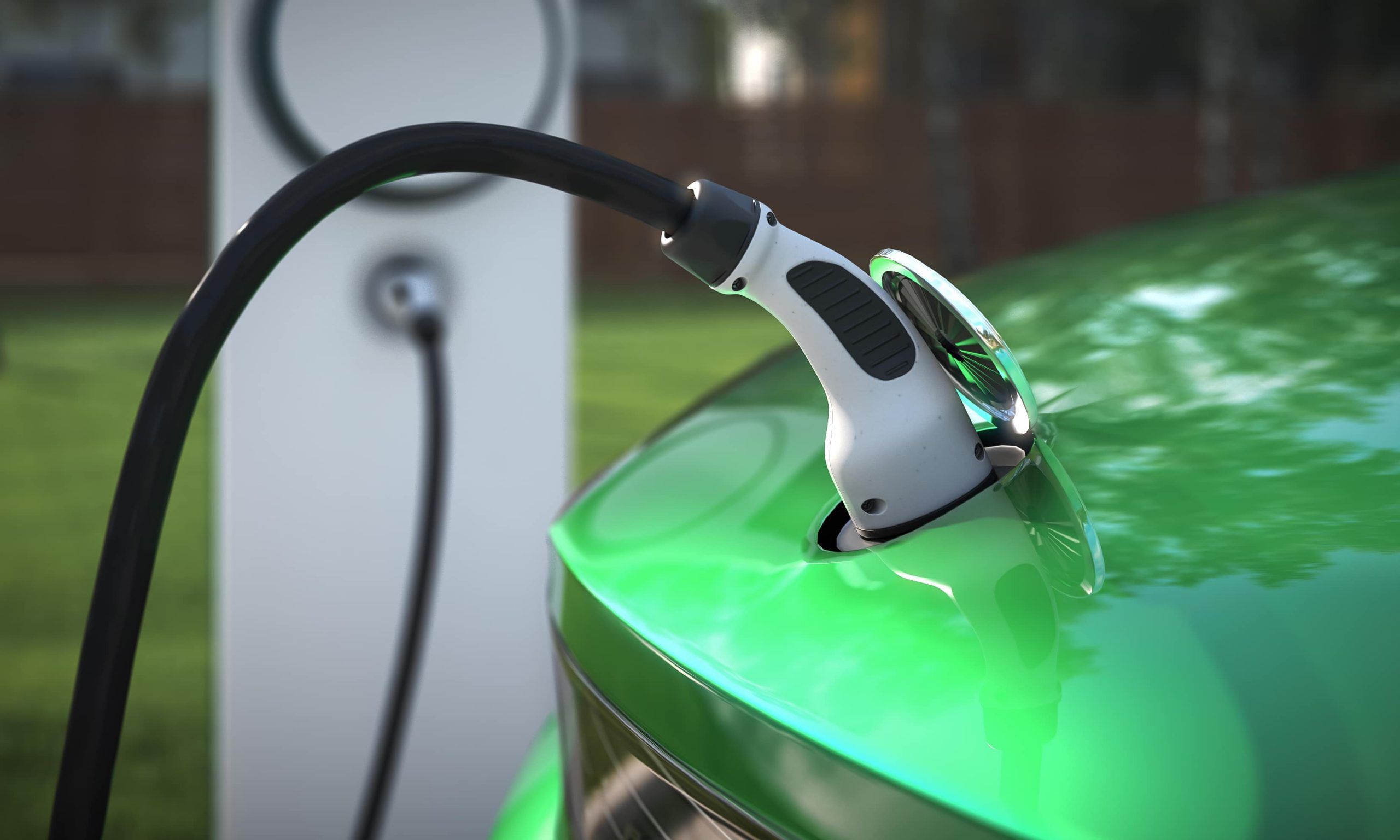

Home Office Tech
How To Install A Car Charging Station
Modified: April 22, 2024
Learn how to install a car charging station at home or in the office with our comprehensive guide. Get the latest tips and advice on home office technology.
(Many of the links in this article redirect to a specific reviewed product. Your purchase of these products through affiliate links helps to generate commission for Storables.com, at no extra cost. Learn more)
Introduction
As the world transitions towards sustainable energy, the need for electric vehicle (EV) infrastructure becomes increasingly apparent. Installing a car charging station at your home is not only a forward-thinking investment but also a significant contribution to reducing carbon emissions. This comprehensive guide will walk you through the process of installing a car charging station, from determining the best location to testing the functionality of the installed unit. By following these steps, you can seamlessly integrate an essential component of the future into your home.
Key Takeaways:
- Choose the Right Location
Find a spot near your electrical panel, with easy parking access and weather protection. Check local regulations and plan for future expansion to ensure the best location for your car charging station. - Test for Safety and Functionality
After installation, verify power supply, cable connection, and charging progress. Ensure safety features work and address any issues promptly. Embrace the benefits of sustainable transportation with confidence!
Determine the Best Location for the Charging Station
Choosing the optimal location for your car charging station is crucial for its functionality and convenience. Consider the following factors to determine the best placement:
- Proximity to the Electrical Panel: The charging station should be located near the electrical panel to minimize installation costs and ensure efficient power supply.
- Parking Space Accessibility: Select a location that allows easy access for parking your vehicle, ensuring a clear path for maneuvering and connecting the charging cable.
- Weather Protection: If possible, position the charging station in a sheltered area to shield it from extreme weather conditions, prolonging its lifespan and ensuring safe operation.
- Future Expansion: Anticipate potential future electric vehicle purchases and ensure that the chosen location can accommodate additional charging stations if needed.
- Code and Regulation Compliance: Familiarize yourself with local building codes and regulations regarding the installation of car charging stations, ensuring that the chosen location meets all necessary requirements.
By carefully evaluating these factors, you can identify the most suitable location for your car charging station, ensuring seamless functionality and ease of use.
Choose the Right Charging Station
When selecting a car charging station for your home, it’s essential to consider various factors to ensure compatibility and optimal performance. Here are key considerations to guide your decision:
- Charging Speed: Determine the charging speed that best suits your needs. Level 1 chargers provide a standard 120-volt household outlet and are suitable for overnight charging, while Level 2 chargers, requiring a 240-volt outlet, offer faster charging capabilities.
- Compatibility: Ensure that the chosen charging station is compatible with your electric vehicle model. Different EVs may require specific connectors or charging standards, so verify compatibility before making a purchase.
- Smart Features: Consider advanced features such as Wi-Fi connectivity, mobile app integration, and energy usage monitoring, which can enhance user experience and provide valuable insights into charging patterns and efficiency.
- Durability and Safety: Prioritize charging stations with robust construction and safety certifications to guarantee reliable performance and protection against electrical hazards.
- Warranty and Support: Opt for a charging station backed by a comprehensive warranty and responsive customer support to address any potential issues or concerns.
By carefully evaluating these factors, you can confidently select a car charging station that aligns with your specific requirements, ensuring efficient and reliable charging for your electric vehicle.
Gather the Necessary Tools and Equipment
Before embarking on the installation process, it’s essential to gather the requisite tools and equipment to ensure a smooth and efficient setup of the car charging station. Here’s a comprehensive list of the necessary items:
- Charging Station: The main component of the installation, chosen based on the considerations outlined in the previous section.
- Mounting Hardware: Depending on the type of installation (wall-mounted or freestanding), ensure you have the appropriate mounting brackets, screws, and anchors.
- Electrical Tools: Essential tools include wire cutters, wire strippers, voltage tester, conduit bender, and a torque wrench for secure electrical connections and conduit installation.
- Electrical Supplies: This includes electrical conduit, wire nuts, electrical tape, and cable clamps to facilitate safe and compliant wiring connections.
- Personal Protective Equipment (PPE): Prioritize safety by wearing appropriate PPE, including insulated gloves, safety glasses, and hearing protection if working with power tools.
- Level and Measuring Tape: These tools are essential for ensuring the charging station is installed level and at the correct height.
- Power Drill and Bits: Necessary for drilling holes for mounting and routing electrical wiring, if applicable.
- Conduit and Fittings: If required by local codes, gather the necessary conduit and fittings for protecting and concealing electrical wiring.
- User Manual and Documentation: Ensure you have the user manual and any installation documentation provided with the charging station for reference during the installation process.
By assembling these tools and equipment beforehand, you can streamline the installation process and ensure that you have everything needed to complete the setup of your car charging station efficiently and safely.
Before installing a car charging station, make sure to check your local building codes and regulations to ensure compliance. It’s important to have a licensed electrician handle the installation to ensure safety and proper functionality.
Install the Charging Station
With the necessary tools and equipment at hand, you are ready to proceed with the installation of the car charging station. Follow these step-by-step guidelines to ensure a successful setup:
- Turn Off Power: Begin by switching off the power to the designated electrical circuit at the main electrical panel to ensure safety during the installation process.
- Mounting the Station: If the charging station is wall-mounted, use the appropriate hardware to securely affix it to the chosen location, ensuring it is level and securely anchored. For freestanding units, follow the manufacturer’s instructions for proper installation.
- Electrical Wiring: Adhere to local electrical codes and the manufacturer’s guidelines for routing and connecting the electrical wiring. Use the necessary tools to strip, connect, and secure the wiring, ensuring proper insulation and protection.
- Grounding and Bonding: Ensure that the charging station is properly grounded and bonded according to electrical code requirements to mitigate the risk of electrical hazards.
- Power Connection: Make the electrical connections as per the manufacturer’s specifications, ensuring that all connections are secure and in compliance with electrical standards.
- Secure Cable Management: Safely route and secure the charging cable, ensuring that it is easily accessible for connecting to your electric vehicle while minimizing tripping hazards and potential damage.
- Power Restoration: Once the installation is complete, restore power to the circuit at the main electrical panel and verify that the charging station receives power and is operational.
Throughout the installation process, prioritize safety and accuracy, following the manufacturer’s instructions and local electrical codes meticulously. By methodically completing each step, you can ensure a secure and compliant installation of your car charging station.
Read more: How To Become A Charging Station Installer
Test the Charging Station
After installing the car charging station, it is essential to conduct thorough testing to ensure its functionality and safety. Follow these steps to verify the proper operation of the charging station:
- Power Supply Verification: Confirm that the charging station is receiving power by checking the indicator lights or display, if applicable. Ensure that the electrical connections are secure and that the station is powered on.
- Charging Cable Connection: Connect the charging cable to your electric vehicle, ensuring that the connection is secure and that the cable is properly seated in the vehicle’s charging port.
- Charging Initiation: Activate the charging process through the station’s interface or mobile app, if equipped. Verify that the station initiates the charging sequence and that the vehicle acknowledges the charging request.
- Charging Progress Monitoring: Monitor the charging progress to ensure that the electric vehicle is receiving power as expected. Check the display on the charging station or the vehicle’s dashboard to track the charging status and estimated time to full charge.
- Charging Completion: Allow the vehicle to charge until the desired level is reached, and verify that the charging station properly terminates the charging process and that the vehicle’s battery is appropriately charged.
- Safety Features Testing: If the charging station includes safety features such as ground fault circuit interrupters (GFCI) or surge protection, ensure that these functions operate as intended by simulating fault conditions or power surges.
By meticulously testing the charging station and monitoring the charging process, you can confirm that the installation was successful and that the station operates reliably and safely. Address any issues or anomalies promptly to ensure seamless and efficient charging for your electric vehicle.
Conclusion
Installing a car charging station at your home is a proactive step towards embracing sustainable transportation and reducing your carbon footprint. By carefully considering the location, selecting the right charging station, gathering the necessary tools, and following a systematic installation process, you can seamlessly integrate this essential infrastructure into your daily routine.
As electric vehicles become increasingly prevalent, having a dedicated charging station at home provides the convenience of reliable and efficient charging, ensuring that your vehicle is always ready for your next journey. Moreover, by harnessing clean energy for transportation, you actively contribute to environmental preservation and the transition to a greener future.
Remember, safety and compliance are paramount throughout the installation process. Adhering to electrical codes and manufacturer’s guidelines, and conducting thorough testing, guarantees the secure and reliable operation of your car charging station.
With the installation complete and the charging station verified for functionality, you can confidently embrace the benefits of electric vehicle ownership, knowing that your home is equipped with a dependable and sustainable charging solution.
By following the steps outlined in this guide, you have not only empowered yourself to install a car charging station but have also made a significant impact in driving the adoption of environmentally friendly transportation options. Embrace the future of mobility by incorporating a car charging station into your home, and take pride in being a part of the sustainable energy revolution.
Frequently Asked Questions about How To Install A Car Charging Station
Was this page helpful?
At Storables.com, we guarantee accurate and reliable information. Our content, validated by Expert Board Contributors, is crafted following stringent Editorial Policies. We're committed to providing you with well-researched, expert-backed insights for all your informational needs.
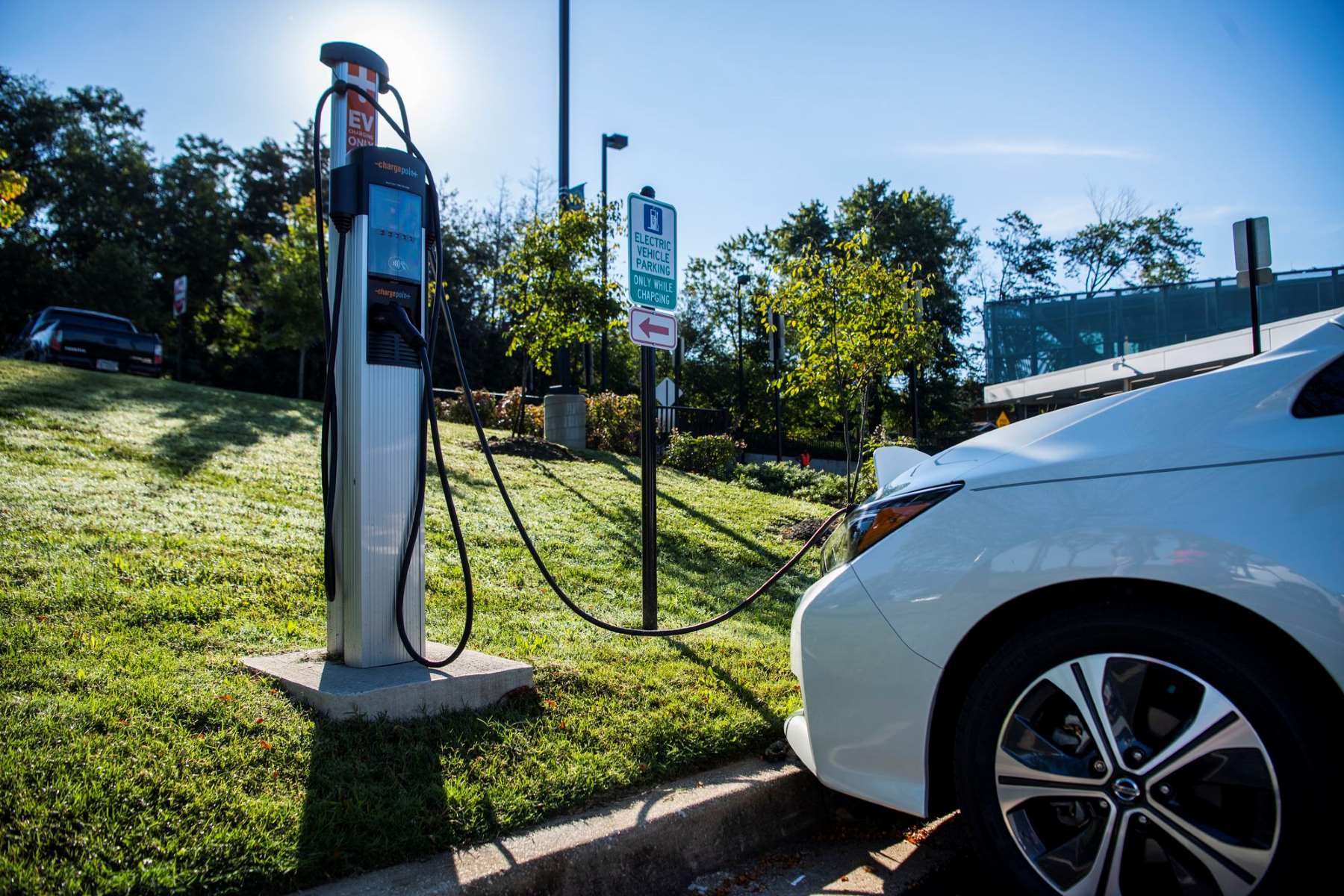
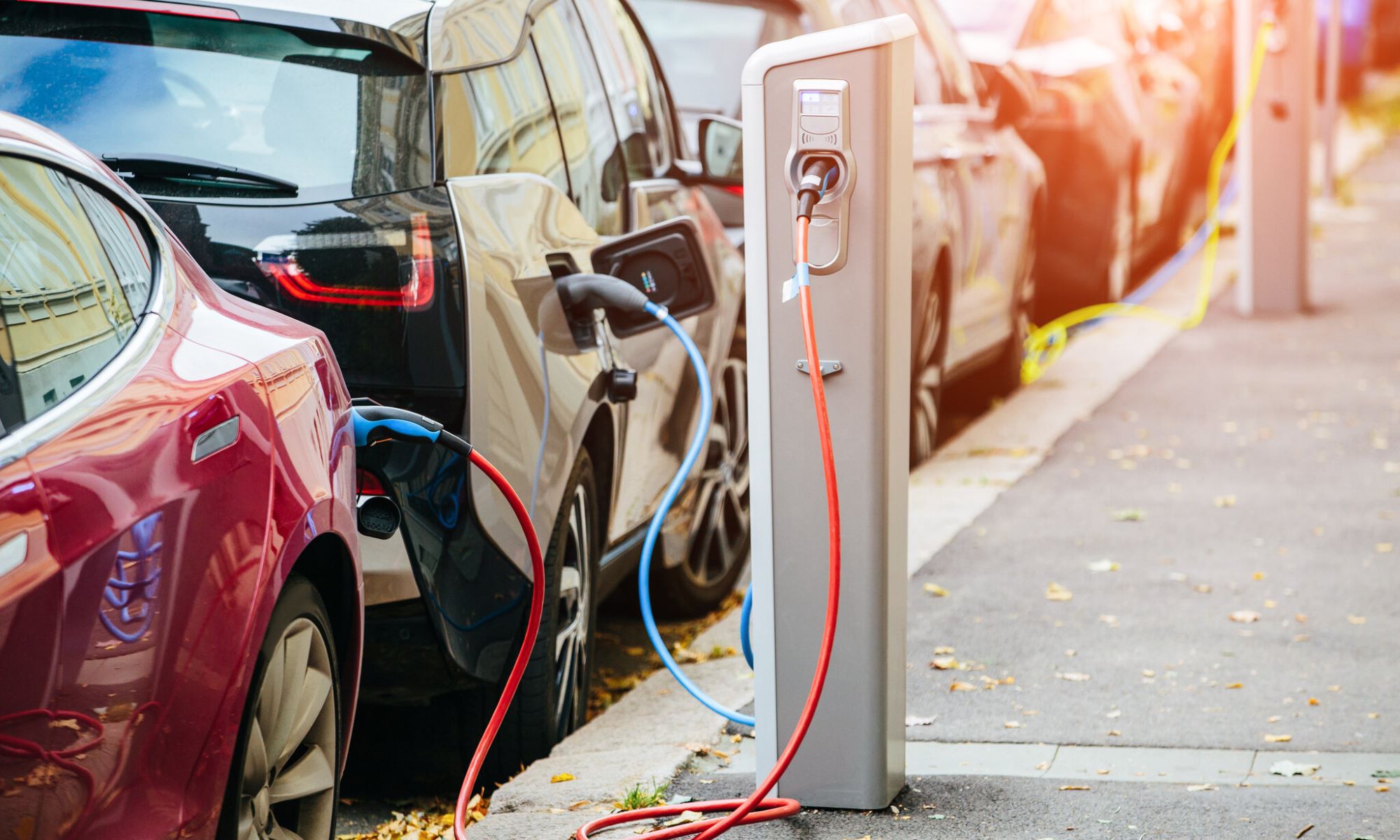
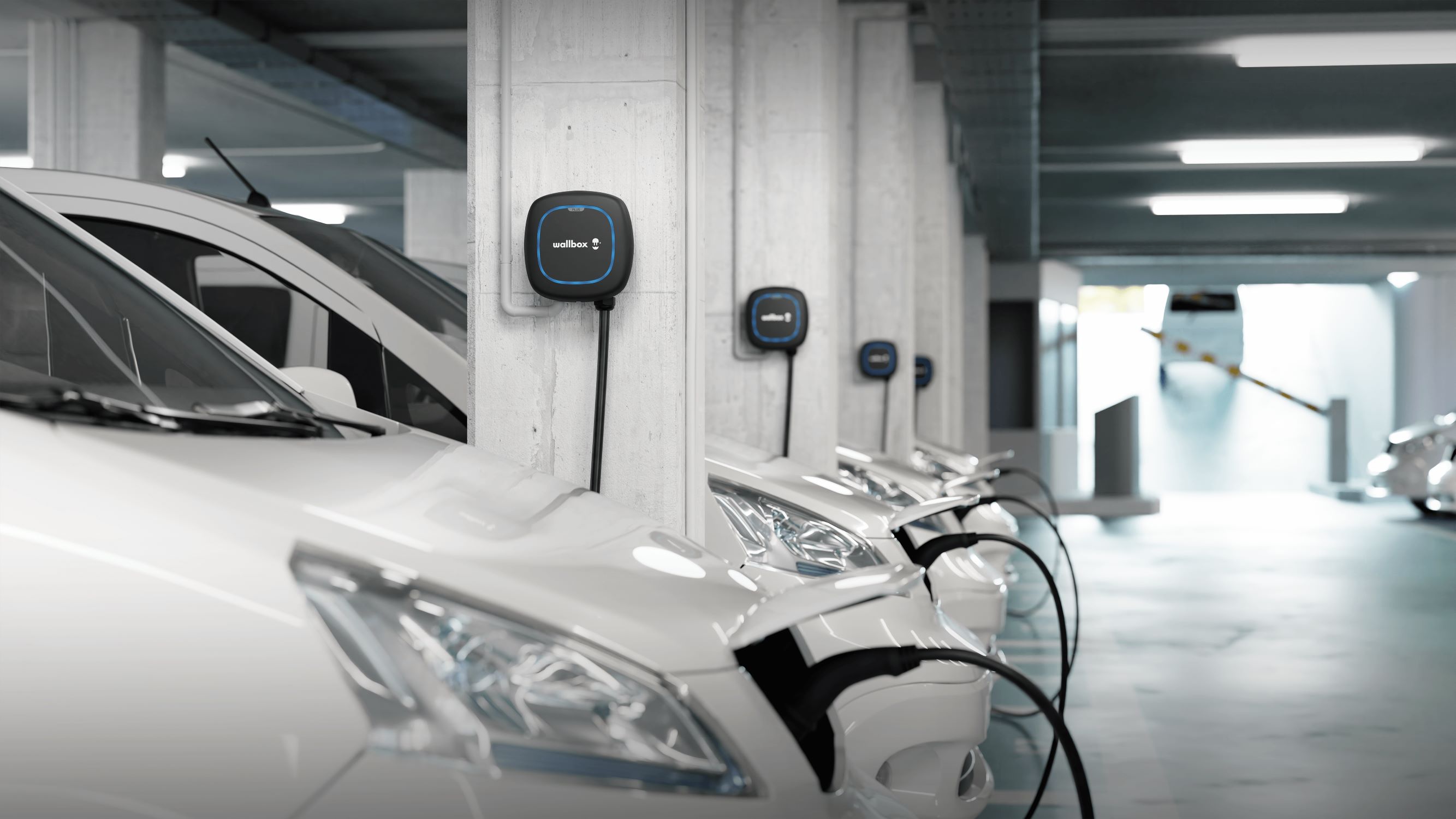
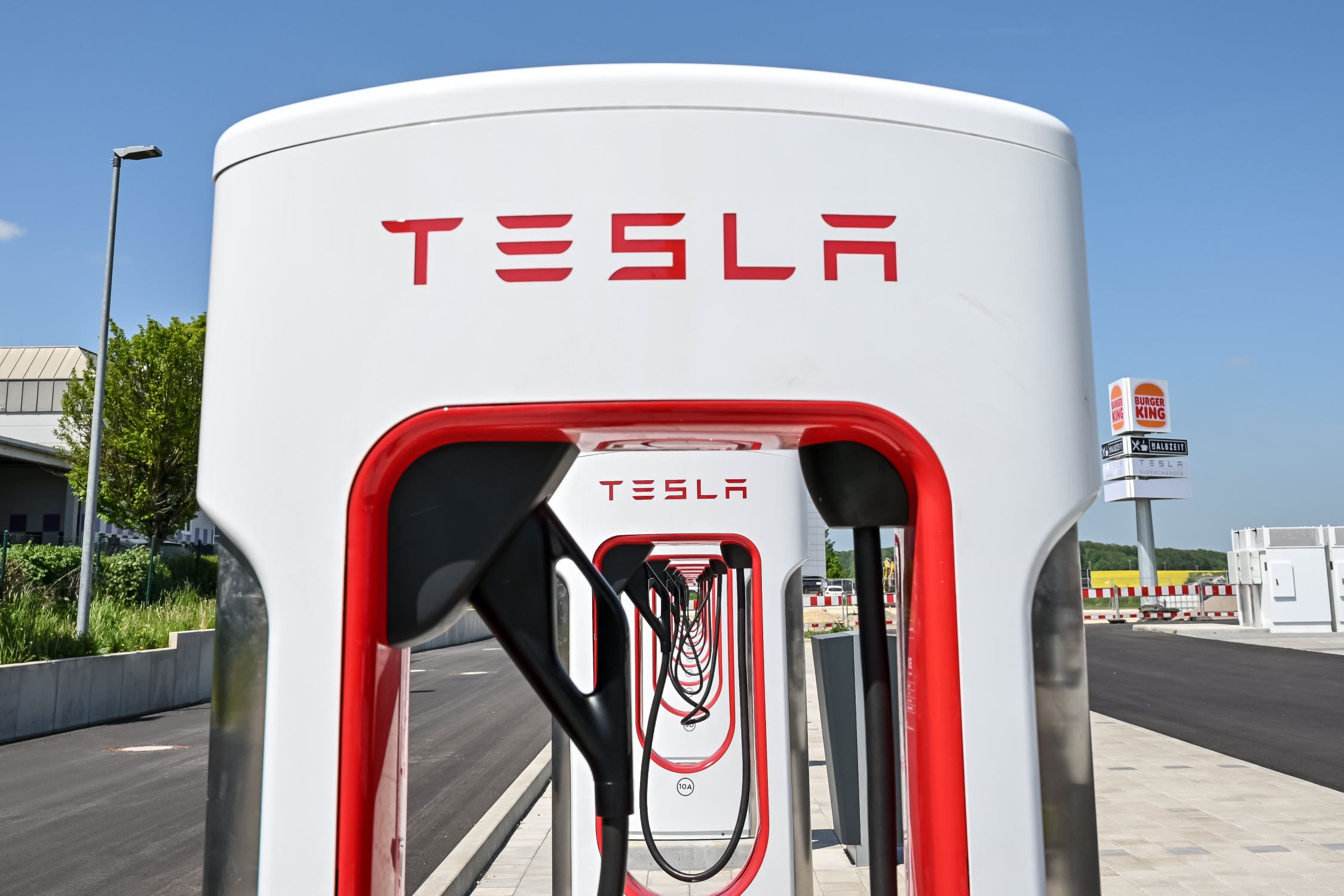
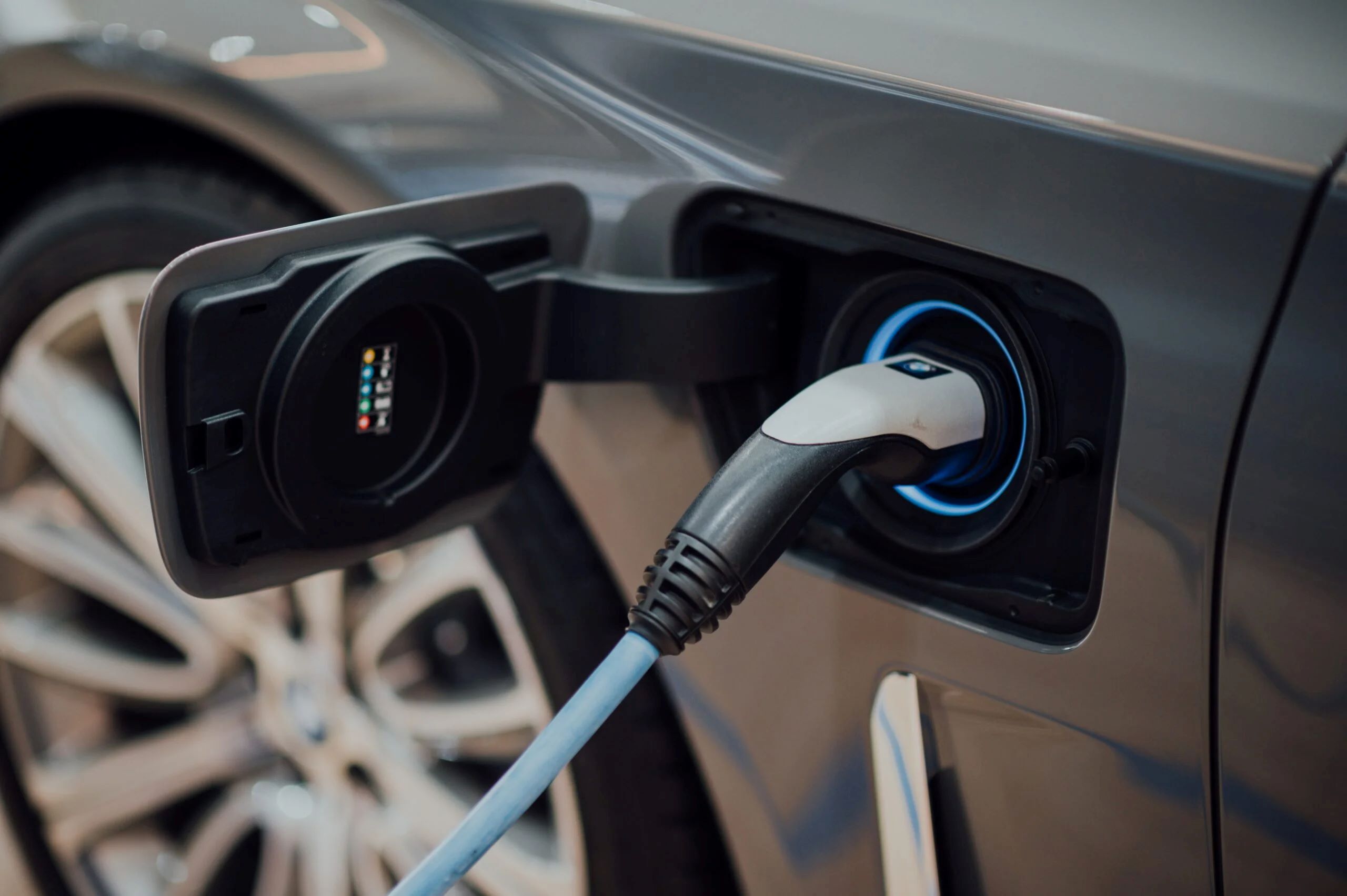
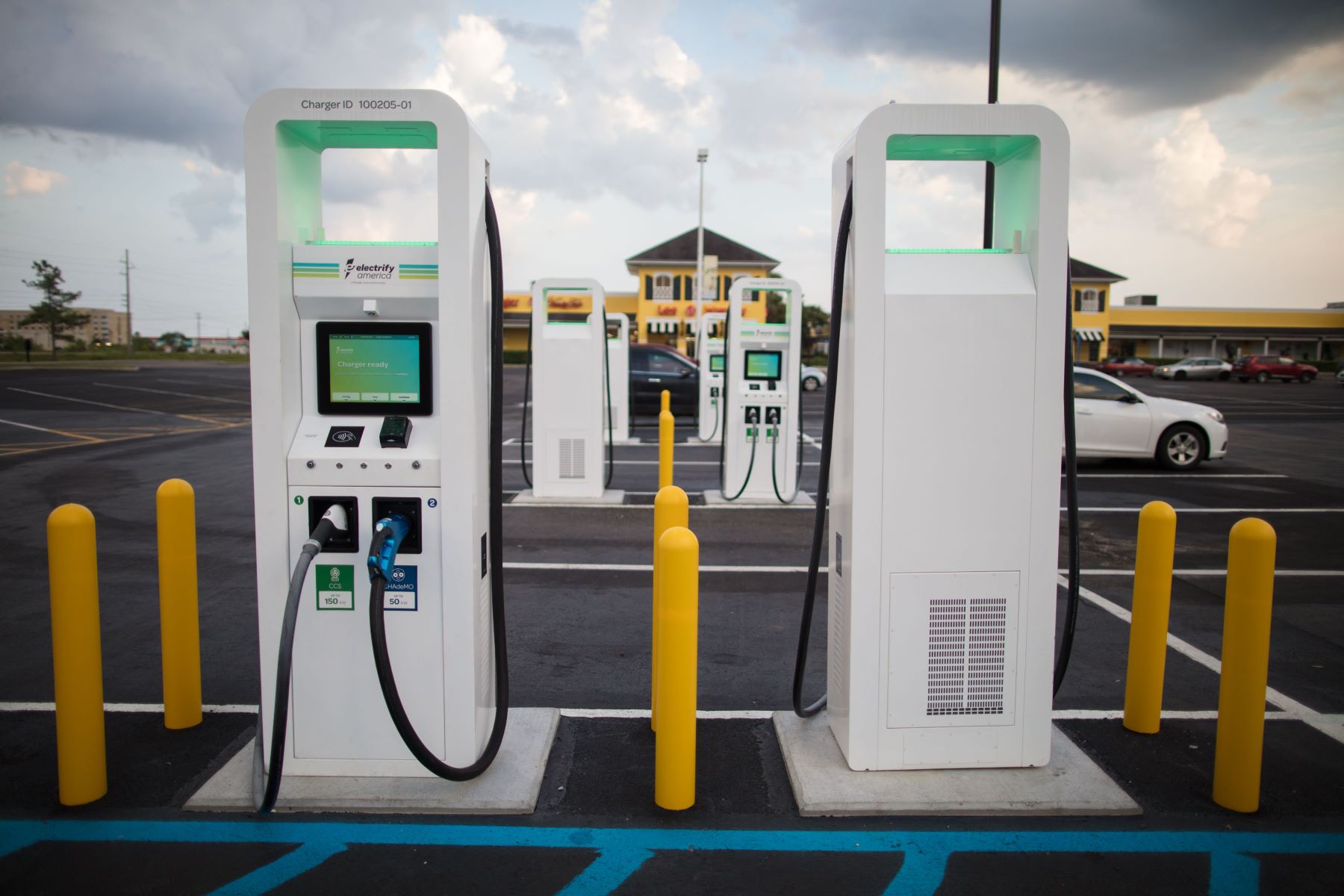
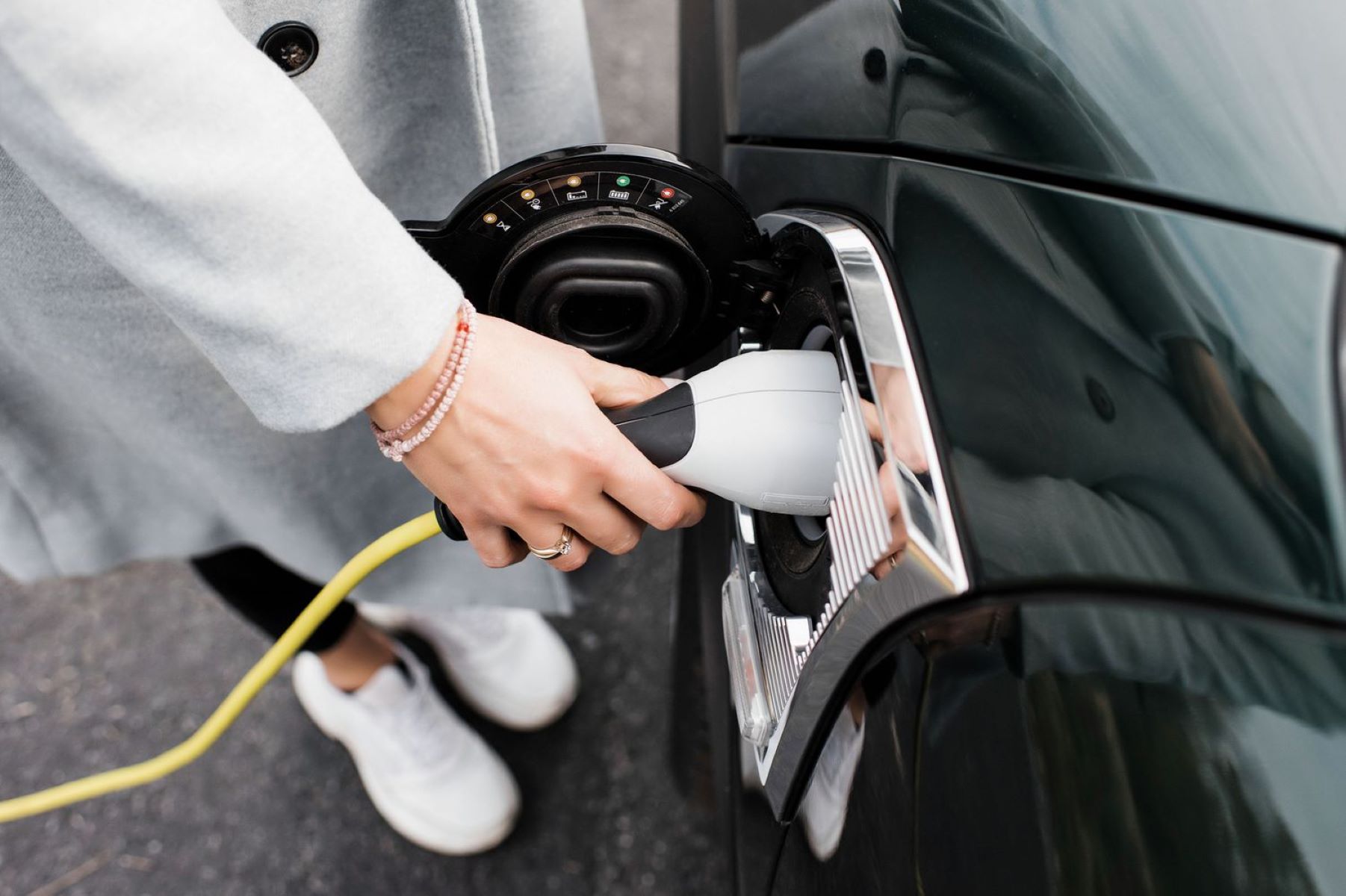
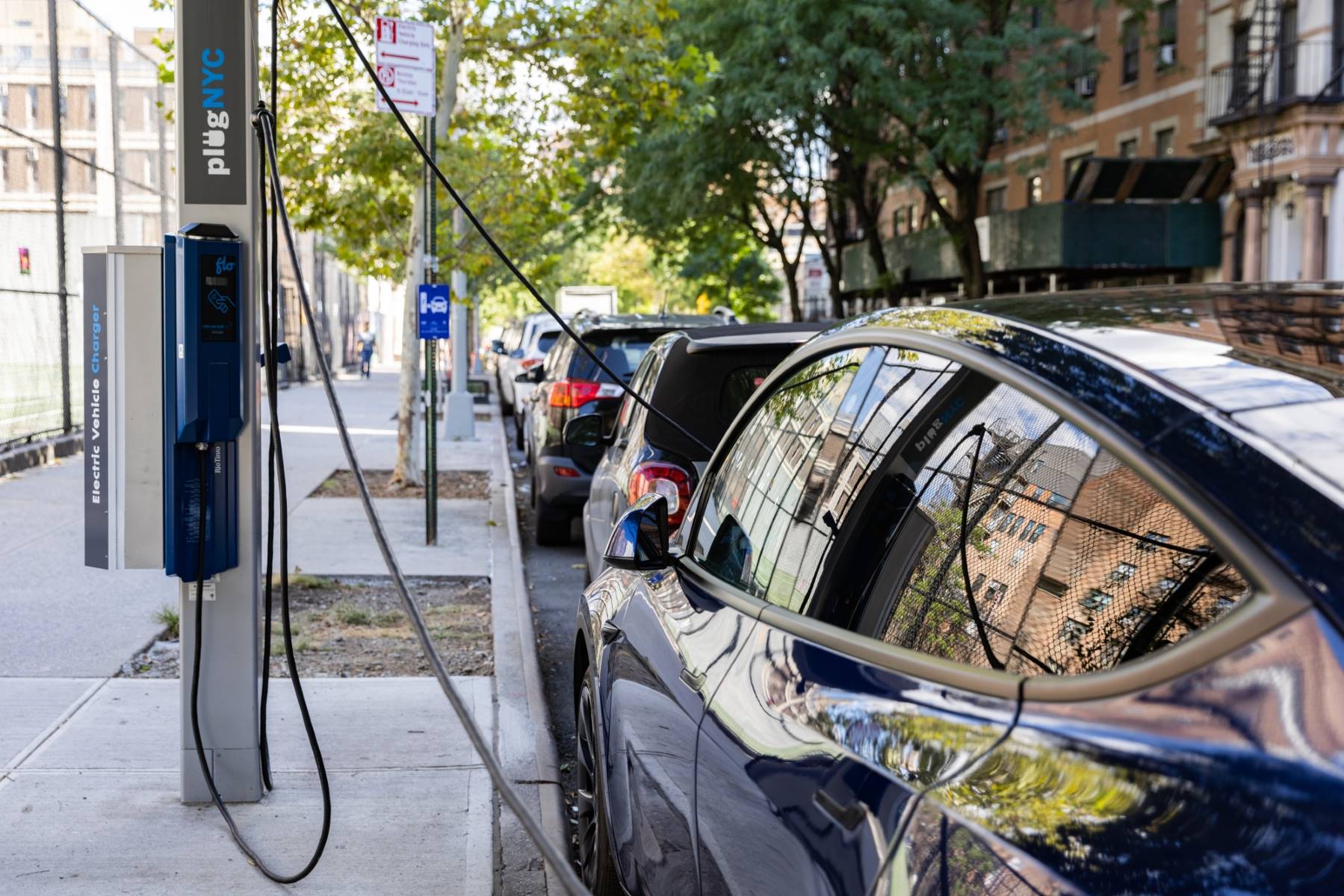
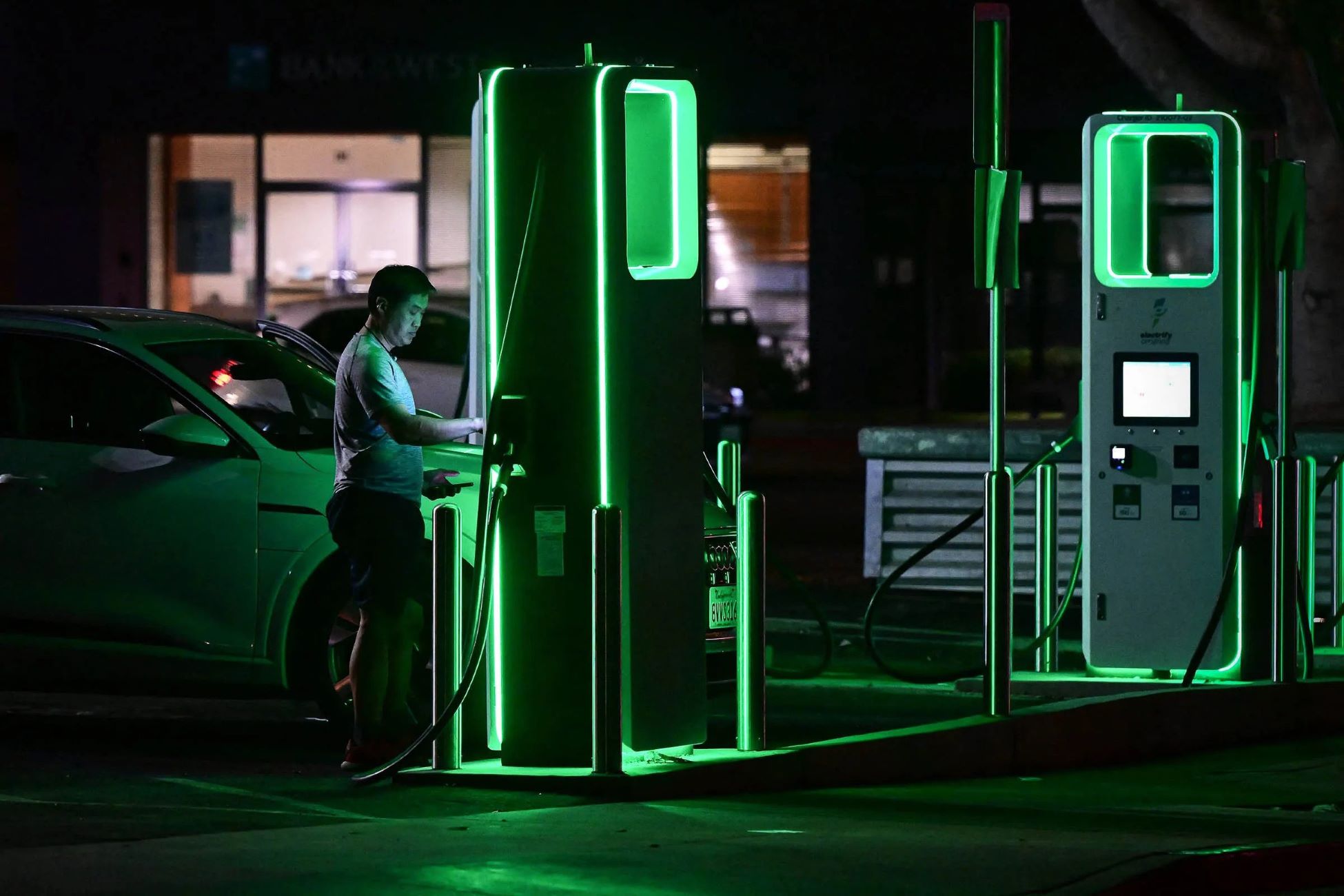
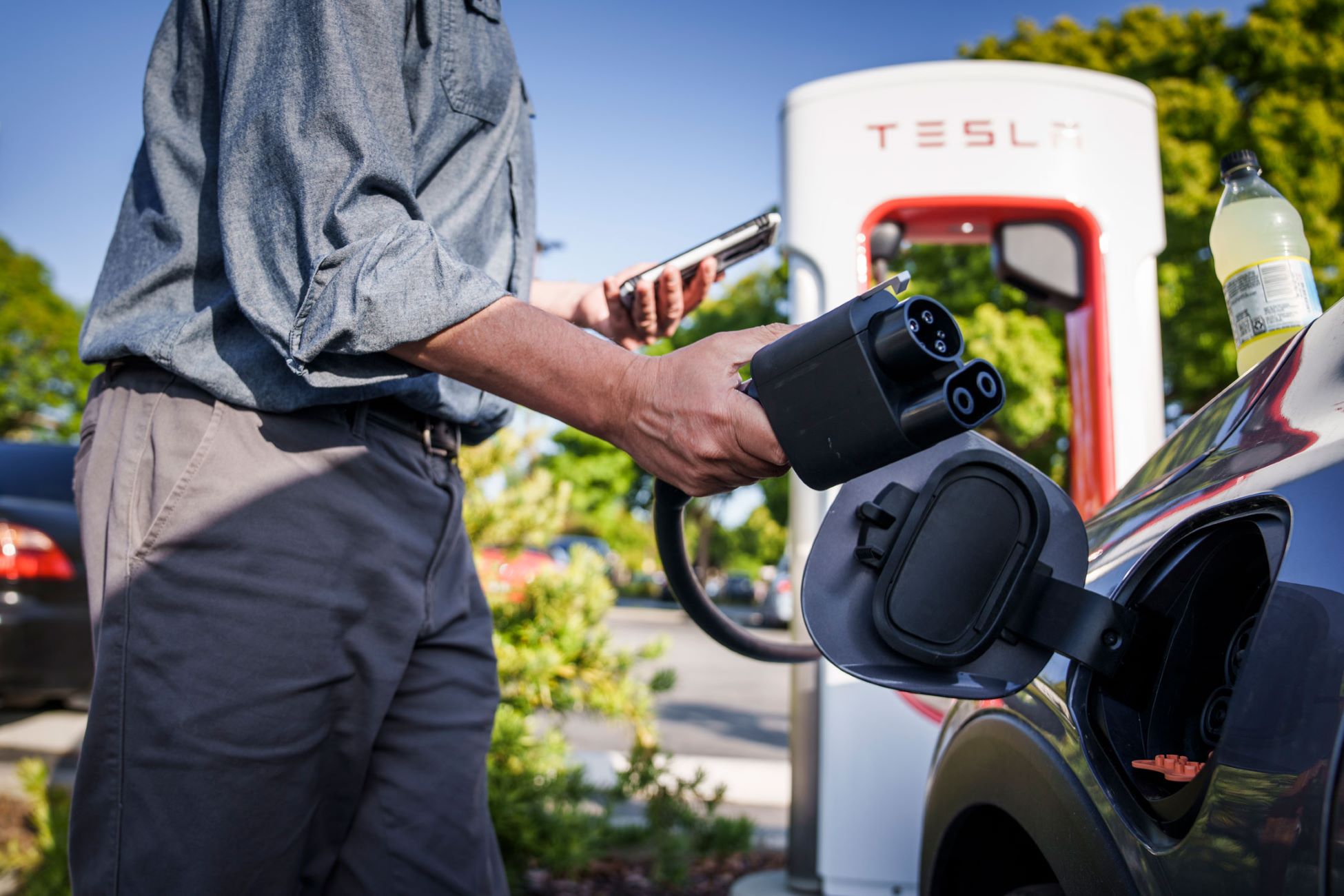
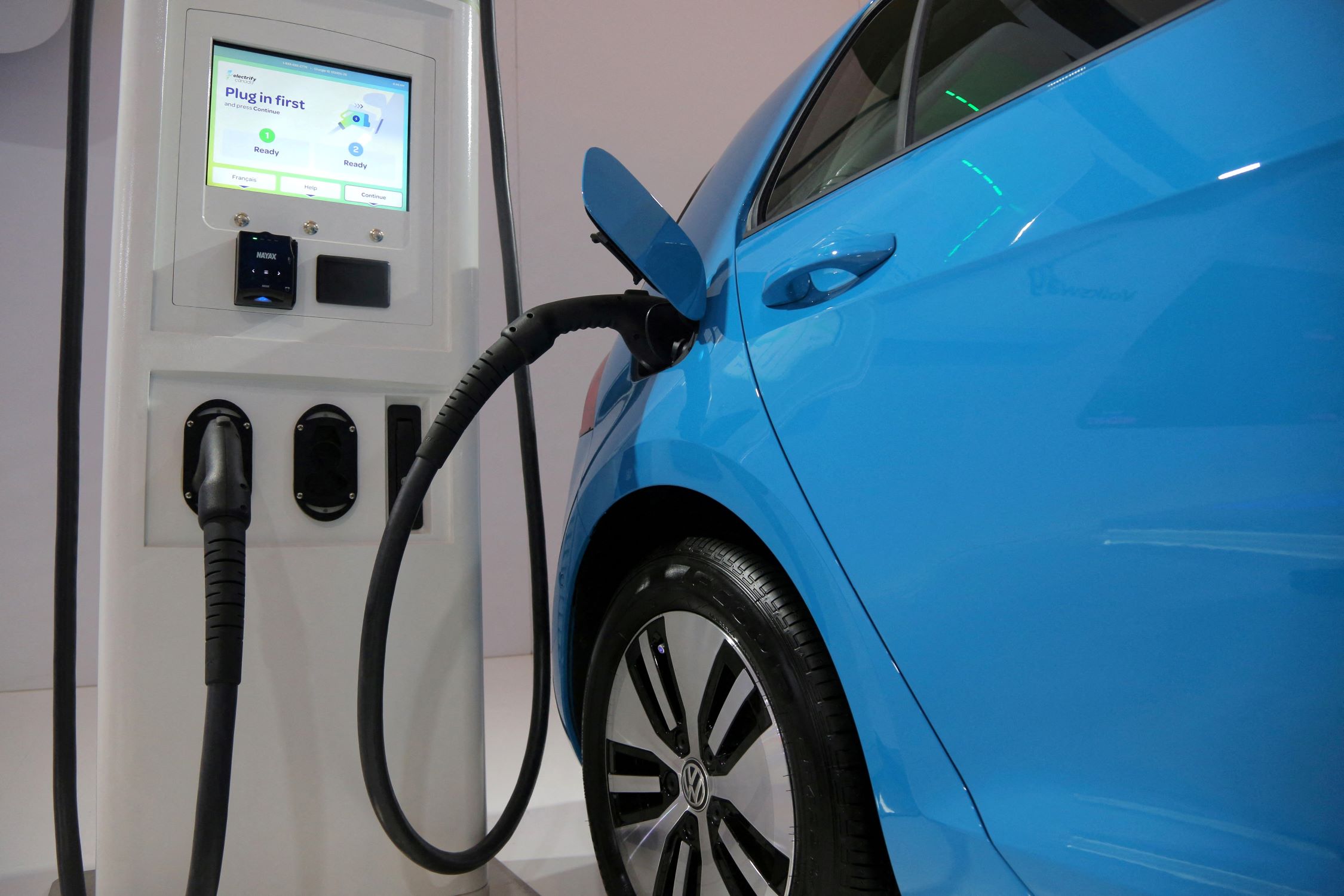
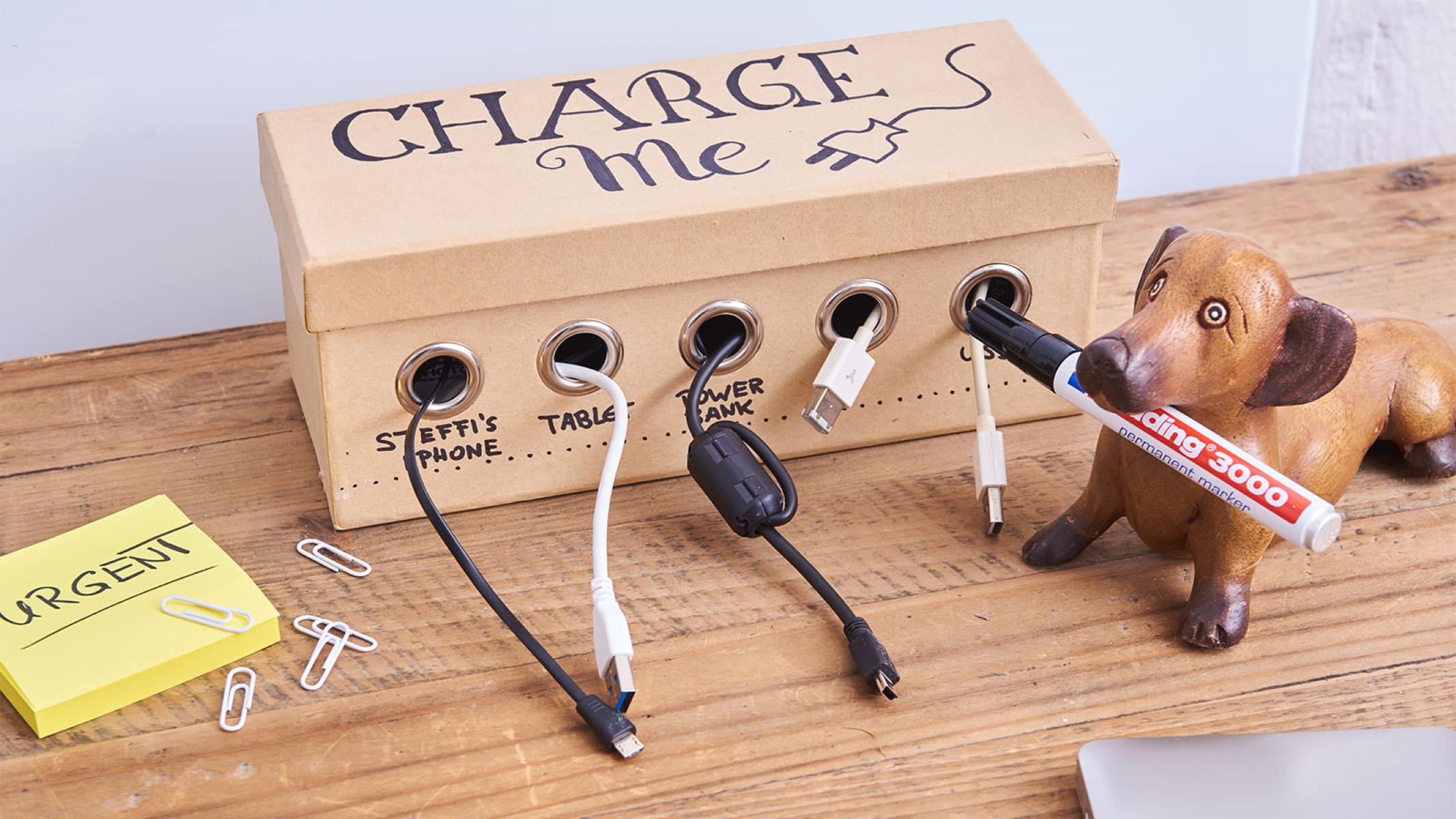
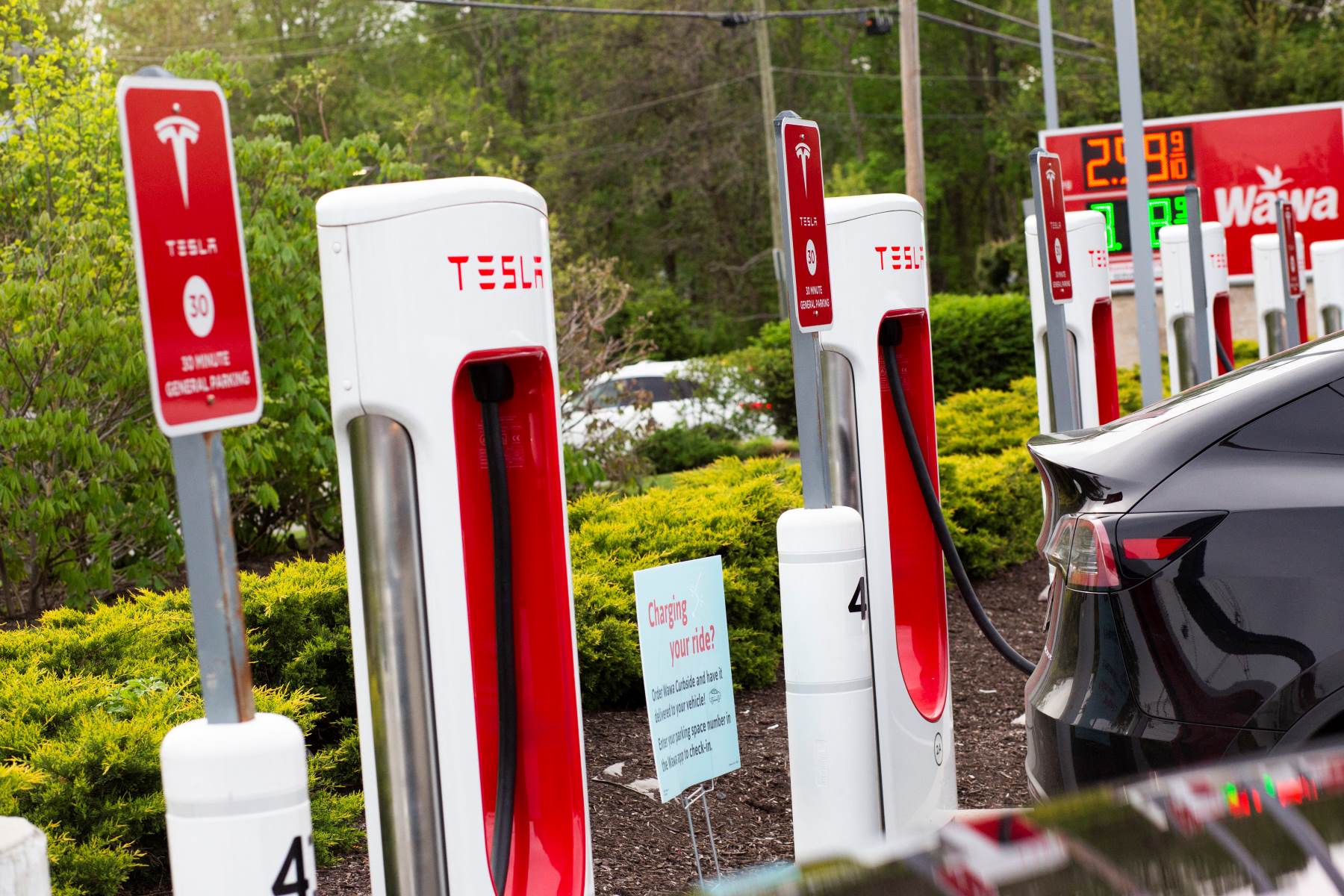
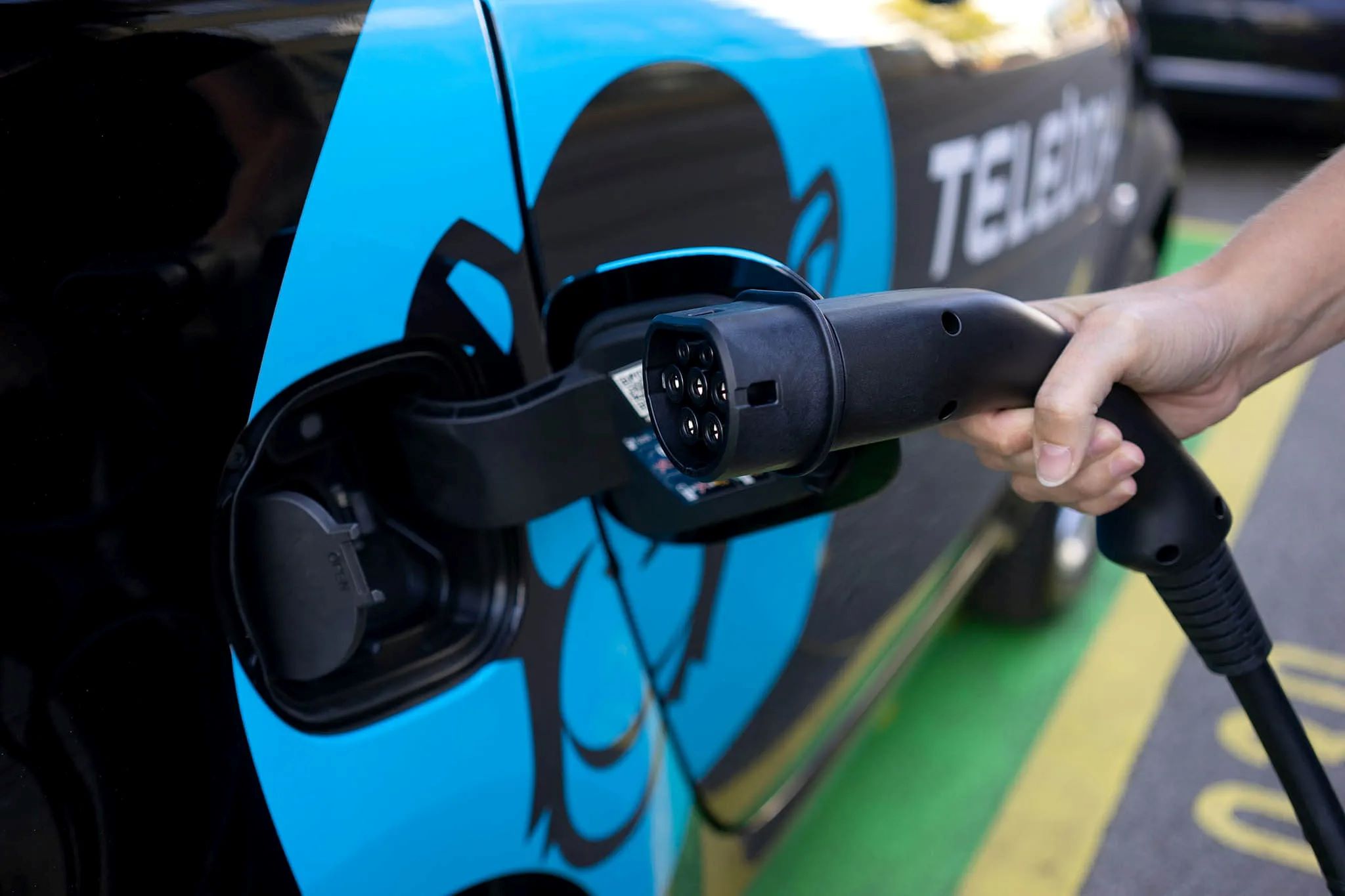

0 thoughts on “How To Install A Car Charging Station”